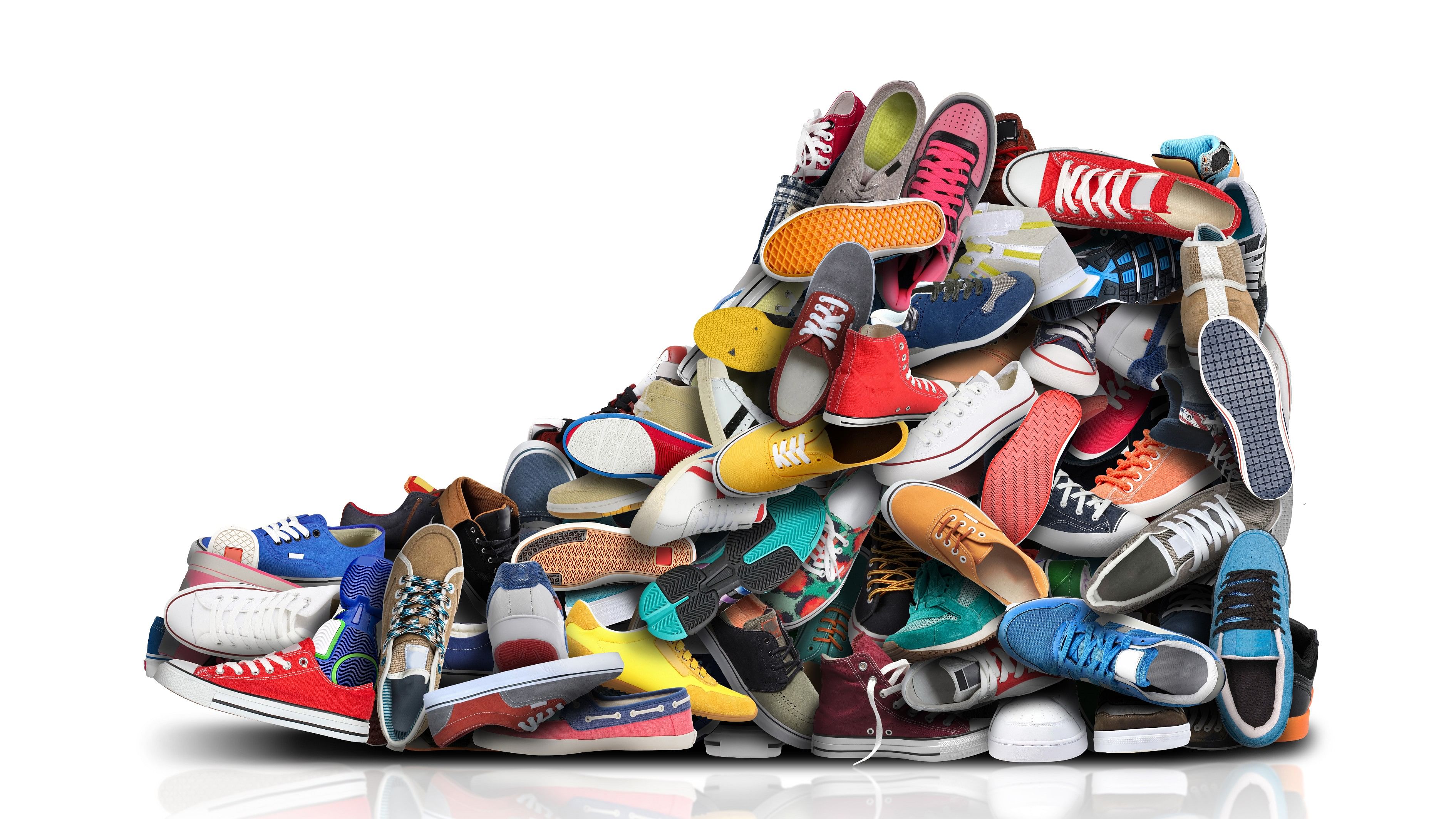
Representative image showing footwear.
Credit: iStock Photo
A survey conducted by Chennai-based CSIR-CLRI conducted a pan-India survey to record the average feet size of Indians to further develop a standard sizing system for footwear that is manufactured in India. The survey proposes the new sizing system to be named 'Bha'— which once approved, shall replace the existing sizing systems in the country.
The Council of Scientific and Industrial Research–Central Leather Research Institute surveyed various footwear manufacturers and users across India between December 2021-March 2022. A report by Indian Express said that initially, the Council considered that at least five footwear sizing systems would be required for Indians to be inclusive of various ethnicities. Before the survey, a general observation was that those from northeast India have smaller feet size in general.
During the aforementioned period, the Council installed 3D foot scanning machines at various locations across India to better understand the dimensions of an average Indian person's foot.
The UK sizing as introduced by British
It is often seen that the sizes shown online are preferably UK or European, which apparently might or might not fit the buyer's foot. Largely, UK sizes are available online, and this is due to the UK sizing system that was regulated in India by British, but has never been upgraded. Under the ongoing sizing system, the average size of a footwear worn by an Indian woman is 4-6 while the same for a man ranges between 5-11.
Eight sizing systems proposed by CSIR-CLRI
After studying the foot sizes of around 1.01 lakh Indians from 79 locations across 5 geographical zones, CSIR-CLRI found that growth of the foot size of an average Indian woman peaked at the age of 11 years while the same for an Indian male peaked at about 15 or 16 years.
The new sizing system is said to be implemented by 2025.
The survey further discovered that most Indians have a wider feet compared to the Europeans and Americans or those in UK. This being one of the reasons that most footwear ordered online often do not fit the feet of Indians. The IE report also quotes industry stakeholders stating that Indians rejected at least 50 per cent of footwear ordered online in the recent past— owing to the mismatch of size.
The survey proposes that Bha will help both, the users and the footwear manufacturers. The Council though Bha further proposes eight footwear sizes as listed below:
I— infants (0 to 1 year)
II— babies (1 to 3 years)
III— small children (4 to 6 years)
IV— children (7 to 11 years)
V— girls (12 to 13 years)
VI— boys (12 to 14 years)
VII— Women (14 years and above), and
VIII— Men (15 years and above).
Bha additionally also proposes that "half sizes would not be needed".
'Around 85% Indians will get comfortable fit after Bha is implemented'
CSIR-CLRI survey then proposes that the new sizing system will in a way benefit the Indian footwear makers as they will then have to streamline the manufacturing based on only 8 sizes against the current 10 and 7 footwear sizes which are the English and European sizing systems, respectively.
The Council through the survey also claimed that under the new sizing system, footwear(s) will have better girth than those available in the markets currently. CSIR then suggests that under Bha, manufacturers will have to make footwear with size ranging from III to VIII, which the body claimed would be sufficient initially. The Council also claims that with such a system in place, around 85 per cent of Indians will get a comfortable fit for their foot.
CSIR-CLRI has now submitted all of its observations to the Department of Promotion of Industry and Internal Trade (DPIIT) under the Union Ministry of Commerce. The Indian body authorized to oversee the sizing system— Bureau of Indian Standards (BIS) will study the recommendations, only after which it shall be approved or rejected.